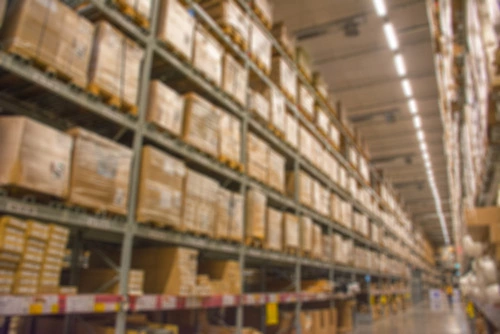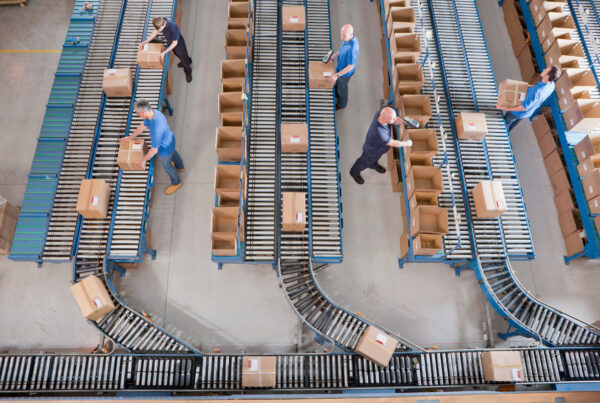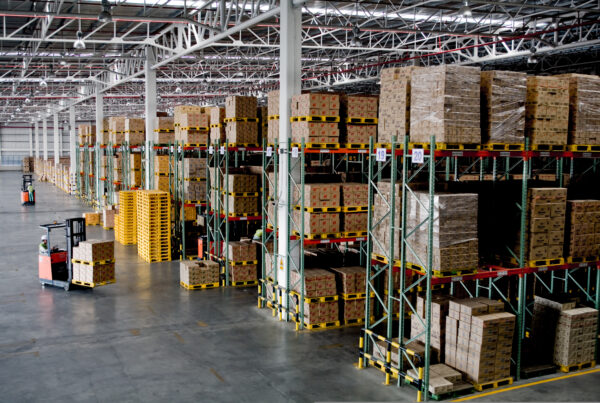If you want to stay competitive in your industry, it’s critical to always have your eyes set not just on the horizon – and what’s coming right around the corner – but beyond it — at what might interfere with your operations in the far future. It’s important to understand that behind every crisis there is an opportunity, so always have your finger on your industry’s pulse. In this post, we’re going to explore changes in material handling operations — material handling industry trends will change the way you do business, no matter what industry you play in.
How can fresh trends shape the material handling industry and your operations?
2022 is shaping up to be yet another incurably busy year for companies with warehouse and distribution operations. It’s important to understand that, as of right now, the industry is rife with uncertainty. From supply-chain bottlenecks to possible gas shortages – due to the ongoing Ukraine/Russian conflict – all the way to staff shortages in what the press has dubbed “The Great Resignation.”
Additionally, all businesses must continue to prepare and cope with the effects of COVID-19. With uncertainties around additional strains rising and various lockdown policies worldwide, everyone must prepare for the worst and hope for the best.
Nevertheless, industries simply cannot afford to wait for any uncertainties to clear. Leaders forge paths, despite the terrain, and where there is a crisis there is always an opportunity. It is important to understand that fresh trends are constantly impacting your business, and you must prepare accordingly.
2022 is going to be a dynamic year for the material handling industry, and micro, as well as macro trends, are liable to change the market’s evolution and the way people do business.
Material handling industry trends in 2022
Let’s take a lot of what is currently occurring in the market, what will occur in a couple of months, and what might occur in a year or two:
Items Move Upstream
The general trend, in the last couple of years, has been towards smaller order sizes. Why? Blame e-commerce and internet retail. Since 2019, small packets have been the norm. This trend continues as warehouses integrate individual item picking into their operations. The retail landscape changes and it’s moving towards a direct-to-consumer sales model.
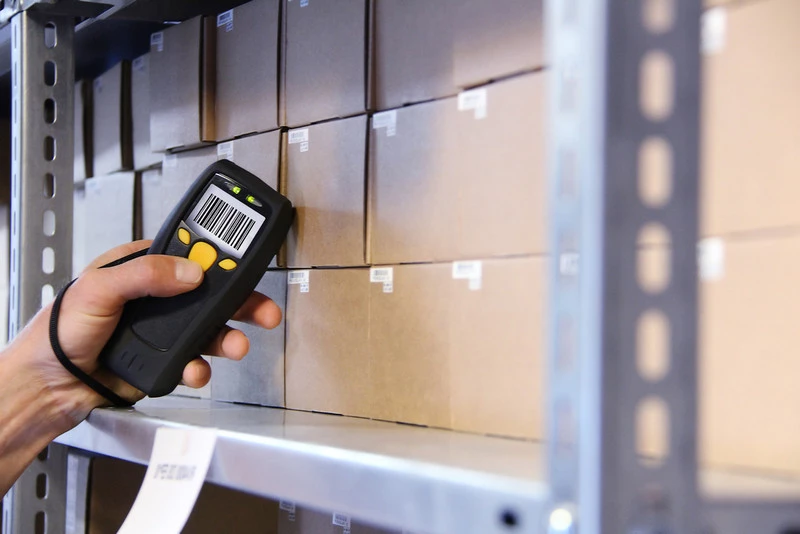
This means less shelf space, retailers carrying less inventory, and a massive new weight on warehouses as they pick up the slack and slowly transform into the retail driving force of an operation. In what way? They now have to move items, deliver them, and reach consumer benchmarks.
This trend will:
- Accelerate the adoption of new technology for automated material handling.
- Make warehouses adapt their infrastructure to include an automated picking process.
- Require operators to bend to costs and labor shortages.
- Shift worker responsibilities from pricking to system/robot maintenance and other areas of operations.
Global reach
Another material handling industry trend is the fact that globalization has suddenly gone viral. By that, we mean that it has picked up its pace. Millions of companies are now delivering and reaching other markets, other regions, plunging into international markets.
Today, supply chain connectivity demands better inventory visibility, more transparency, accuracy, and more logistics.
Cube-based automated storage and retrieval systems and mobile autonomous robots
Do you want more space, more flexibility, and the ability to store more items? You may not want it, but current material handling equipment market trends demand it.
Today, thanks to the upswing of e-commerce and small pallet loads, not to mention small items, automated storage and retrieval systems and mobile autonomous robots are finding homes in most warehouses. Warehouses that previously supported case handling, and manual pallet packing are opening their doors and adapting their infrastructure to these futuristic game-changers.
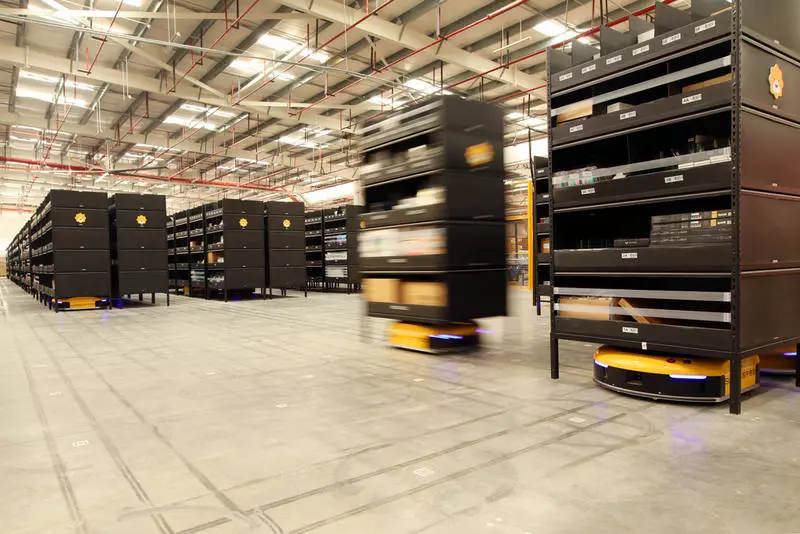
MFC automation for grocery retailers
Demand for e-grocery has spiked, a rapid climb that was spearheaded by the COVID-19 pandemic. This paradigm shift has sparked new shopping habits and expectations in consumers.
- Consumers are buying everything from their nutritional goods to Doritos online.
- They expect faster order fulfillment — what was once measured in days, is now reduced to minutes and hours, and the difference between those two might mean a possible consumer transferring their commerce to the competition. Consumers no longer tolerate longer fulfillment times.
Manual fulfillment is impractical. Picking in-store creates congestions and is simply not what the consumer demands. The solution? Micro-fulfillment centers (MFC) and e-fulfillment centers (EFC). Each and every one is automated so they work reliably, collaboratively, and more efficiently.
Sustainability
Today, having a sustainable, eco-friendly warehouse isn’t just about your brand and your desire to help mother nature — It’s about your bottom-line. It’s about tax breaks, subsidies, and millions of dollars you’re leaving on the table simply because you don’t want to invest in some new bulbs, or a couple of solar panels. Sustainability in just about every industry has become a standard worth meeting.
The future today
Responding to modern trends for material handling in real-time and implementing key changes makes you more competitive, adaptable, and more flexible. These are just some of the trends that are now shaping the landscape. In the future, the industry will have to deal with quantum processing, supply-chain cyber attacks, as well as an uptick in consumer demand. To stay at the forefront of your competition and material handling operations, partner with SRSI, where “Thinking Optimized” is at the core of our services. We prioritize and support your company’s future growth and success with the technology of tomorrow. Email us at [email protected].
 Skip to main content
Skip to main content

